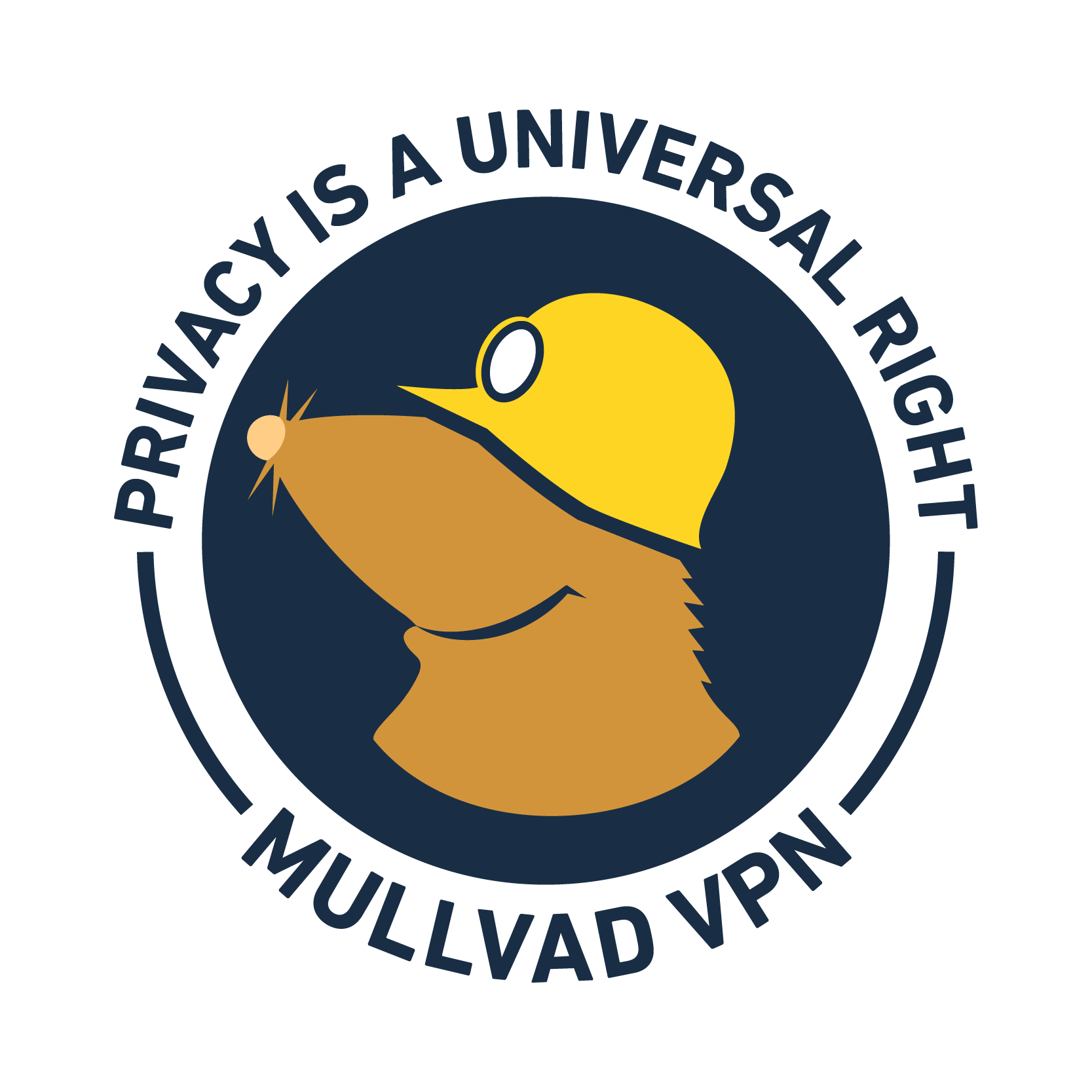cross-posted from: https://lemmy.blahaj.zone/post/2728889
From the article:
Since Tailscale was founded in 2019, customers have been forced to choose between either Tailscale or Mullvad without the ability for them to co-exist.
Today we announce a partnership with Tailscale that allows you to use both in conjunction through the Tailscale app. This functionality is not available through the Mullvad VPN app. This partnership allows customers of Tailscale to make use of our WireGuard VPN servers as “exit nodes”. This means that whilst connected to Tailscale, you can access your devices across Tailscale’s mesh network, whilst still connecting outbound through Mullvad VPN WireGuard servers in any location.Announcement also on Tailscale blog.



Do people use Tailscale to be able to access local things on their network like Plex media servers when they’re not home? Tailscale looks interesting but I haven’t found a usecase where it would benefit me
Yes, exactly that.
I use it to SSH into my devices all the time.
I don’t really use it for this, but here are some things I do use it for:
I mostly just use it for metrics scraping though
Plex probably isn’t the best example, but yes, you can use Tailscale to create a sort of mesh network to access devices within private networks. Essentially any device that’s connected to tailscale can be contacted by other clients connected to tailscale. There are extra routing things you can do to use a tailscale device as a sort of “exit node”, but that’s the basic gist.
Not Plex, but yes. I use it with Microsoft Remote Desktop if I need to access a work-related computer that I keep at home while traveling.
I also use it for the more typical use case of a cloud server that I can ssh into even though it exposes zero ports publicly.
It’s accessing literally anything you self host from home, with minimal latency and without any port forwarding on your router or exposing your services to the Internet.
It’s primary benefit is how fast it is, how much easier it is to set up for even the most novice of users, and how ubiquitous all the clients are.
Plus it’s free for 100 endpoints, which is far more than most individuals will need for home labs. And even that you can get around by using subnet routing.
If you’ve ever wanted to run your own sort of Dropbox or Google docs (Syncthing/Next cloud) but didn’t want to deal with the security hassle of exposing it to the Internet, this removes that completely. No more struggling with open ports, fail2ban, or messing with reverse proxies.
That’s super convenient